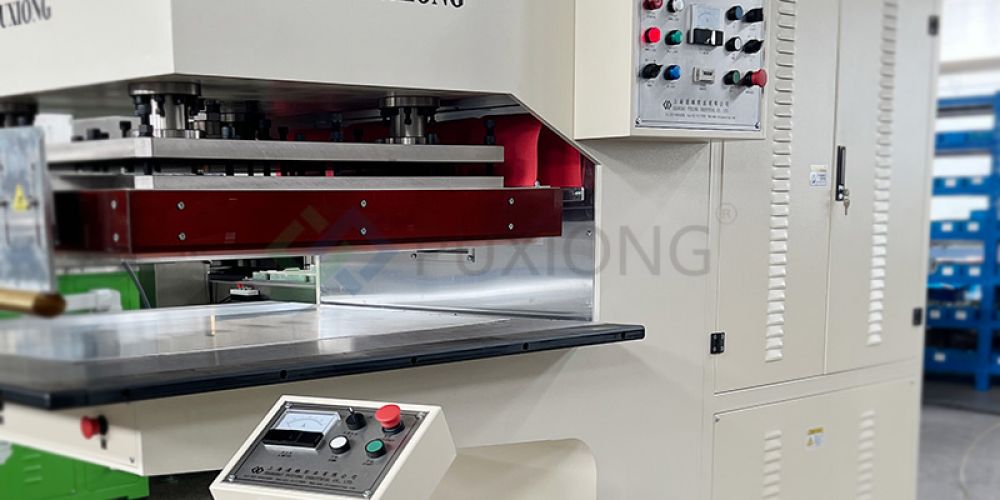
Industrial belts transmit power from drive shafts to driven shafts via friction or meshing action, enabling synchronized operation across equipment. Whether in lightweight electronics assembly or heavy-duty mining machinery, belt drive systems can precisely adapt to diverse operational needs.
Compared to gear or chain drives, belt transmission offers advantages like low noise, vibration damping, and easy installation. These features significantly reduce equipment failure rates and downtime for maintenance, helping enterprises maximize production capacity.
In harsh environments—such as high temperatures, corrosive settings, or dusty conditions—industrial belts can be engineered with specialized materials (heat-resistant, acid/alkali-resistant, anti-static, etc.) to ensure stable performance, providing comprehensive reliability for manufacturing.
Technological Innovation in Industrial Belts: From "Single-Purpose Transmission" to "Smart Integration"
Advanced materials like high-strength polyurethane and aramid fibers have revolutionized industrial belts, enhancing wear resistance and tensile strength. This extends service life by over 30%, reducing replacement costs for businesses.
Embedded sensors and IoT technology enable real-time monitoring of belt tension, temperature, and wear. By predicting potential failures, this innovation propels manufacturing toward the goal of "zero downtime."
The adoption of recyclable materials and low-energy production processes minimizes carbon emissions throughout the lifecycle of industrial belts, aligning with global trends toward green manufacturing transformation.